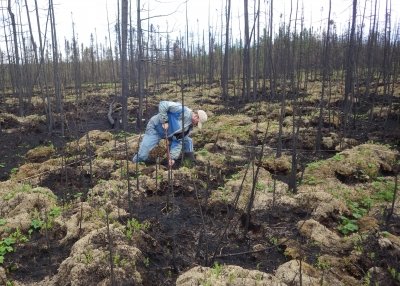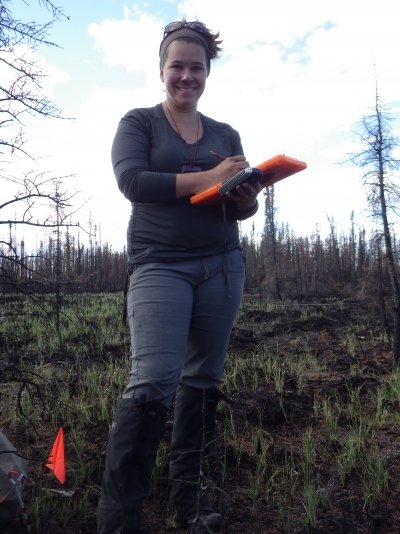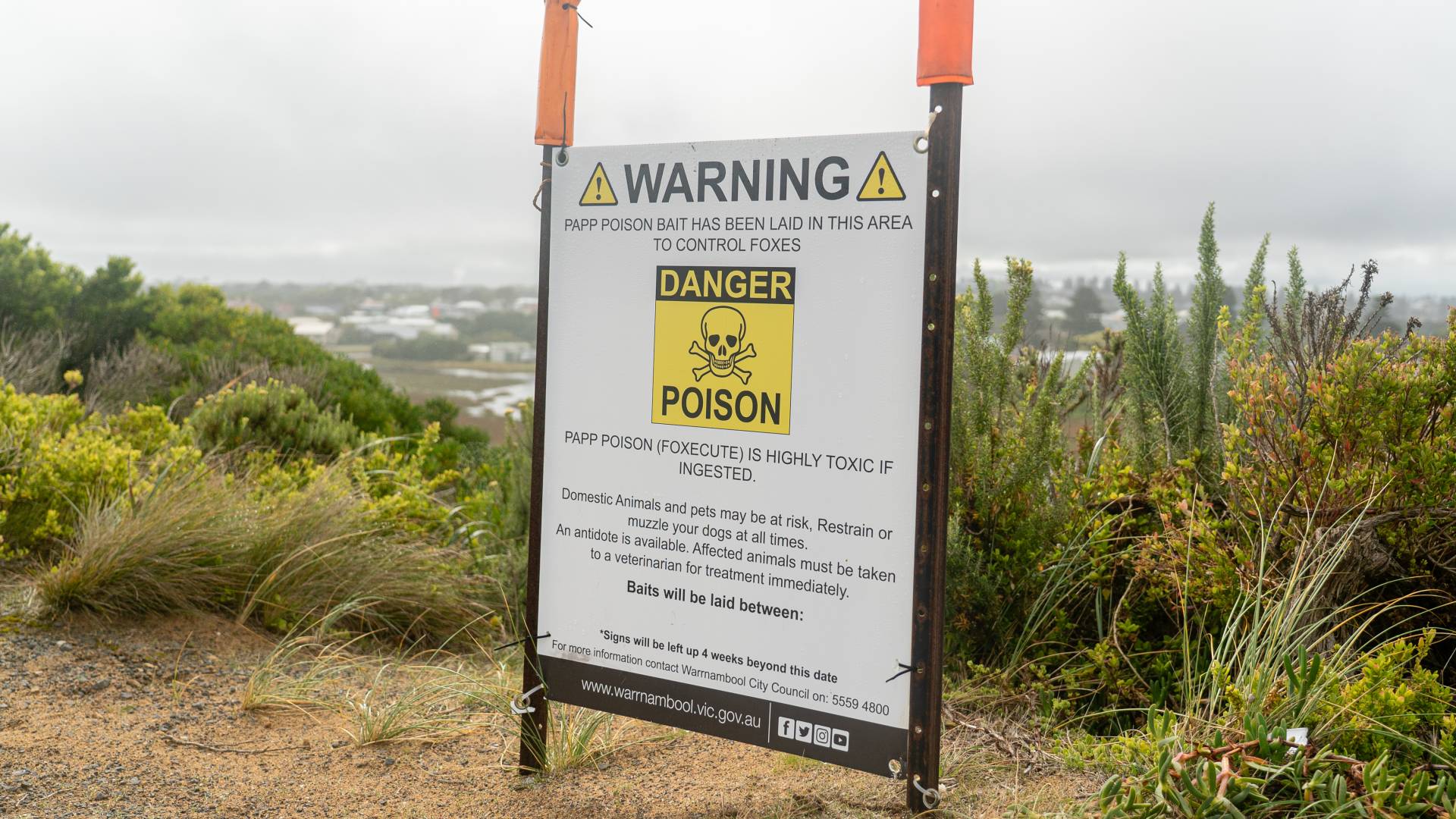Soil moisture and fuels, not fire weather, are the primary predictors of carbon emissions in boreal forests.
As climate warming stokes longer fire seasons and more severe fires in North American boreal forests, calculating how much carbon each fire burns grows more urgent. The amount depends more on available fuels than fire weather, shows new research from Northern Arizona University and Michigan Technological University, along with other collaborating institutions, published this week in Nature Climate Change.
In a large retrospective study stretching across Canada and Alaska, the international team of researchers found that carbon stored belowground in soil organic matter was the most important predictor of how much carbon a fire releases, as opposed to drought conditions, temperature or rain.
The team analyzed field data collected from 417 burn sites in six ecoregions in Canada and Alaska between 2004 and 2015. Although the amount of carbon stored in soils was the biggest predictor, they found that soil moisture was also significant in predicting carbon release.
“In these northern forests, soil, not trees, can account for up to 90% of carbon emissions, so we expected that these organic soils would be a significant driver,” said lead author Xanthe Walker of the Center for Ecosystem Science and Society at Northern Arizona University. “But we were surprised that fire weather and the time of year a fire starts proved to be poor indicators of carbon combustion. It’s really about the fuels that are there when a fire starts.”
That’s a pivotal finding, since fire weather, as measured by a Fire Weather Index, is one of the main tools scientists and fire managers currently use to model carbon emissions in these boreal forests. This study suggests fuels should be a bigger component of those models.
“Soils in high northern latitudes are unique because they contain a large amount of organic carbon,” said Liza Jenkins, a research scientist at Michigan Tech Research Institute who uses remote sensing for temporal monitoring and landscape change in boreal forests. “This study shows the importance of belowground carbon and soil moisture in determining carbon emissions from boreal wildfires. This is significant as climate change is altering moisture conditions, which has the potential to unlock belowground carbon through fire and significantly increase carbon emissions in the future.”
The vegetation patterns the researchers uncovered were complex – soil moisture, tree species composition and stand age at the time of fire all interacted to predict combustion amounts.
“This study upends traditional thought that fire weather is a critical predictor of carbon combustion,” Jenkins said. “We hope this finding may help shift research and management focus from fire weather to fuel, and specifically belowground carbon pools.”
The site-level resolution of the study allowed the researchers to capture such dynamism in carbon combustion patterns, and offers clues about the way they may shift in the future. Highly flammable black spruce was generally a predictor of carbon combustion, the researchers found, and the presence of this species increased with site moisture and stand age at the time of fire. But such interactions are likely to change with the climate. For example, as the climate warms and fire intervals shorten, black spruce stands are being replaced by deciduous trees and jack pine, which grow in shallower soils that release less carbon during fires.
Evan Kane, associate professor in Michigan Tech’s College of Forest Resources and Environmental Science, synthesized pre- and post-fire data collected during fieldwork sessions following large wildfires in interior Alaska.
He noted that fire management practitioners have long regarded fuels as the base of two triangles of factors controlling both the presence of fire and fire behavior. Fuels are paired with oxygen and heat in the former triangle, and weather and topography in the latter.
“We demonstrate that fuel availability is the most limiting factor in constraining carbon emissions from boreal wildfires, which helps us understand how emissions might change in a warmer climate with changing hydrology and fuel structure,” Kane said.
Co-authors on this study include Xanthe Walker, Brendan Rogers, Sander Veraverbeke, Jill Johnstonee, Jennifer Baltzer, Kirsten Barrett, Laura Bourgeau-Chavez, Nicola Day, Bill de Groot, Catherine Dieleman, Scott Goetz, Elizabeth Hoy, Liza Jenkins, Evan Kane, Marc-André Parisien, Stefano Potter, Ted Schuur, Merritt Turetsky, Ellen Whitman and Michelle Mack.
Kate Petersen, coordinator for the Center for Ecosystem Science and Society at Northern Arizona University, co-authored this press release.
Michigan Technological University is a public research university, home to more than 7,000 students from 54 countries. Founded in 1885, the University offers more than 120 undergraduate and graduate degree programs in science and technology, engineering, forestry, business and economics, health professions, humanities, mathematics, and social sciences. Our campus in Michigan’s Upper Peninsula overlooks the Keweenaw Waterway and is just a few miles from Lake Superior.









